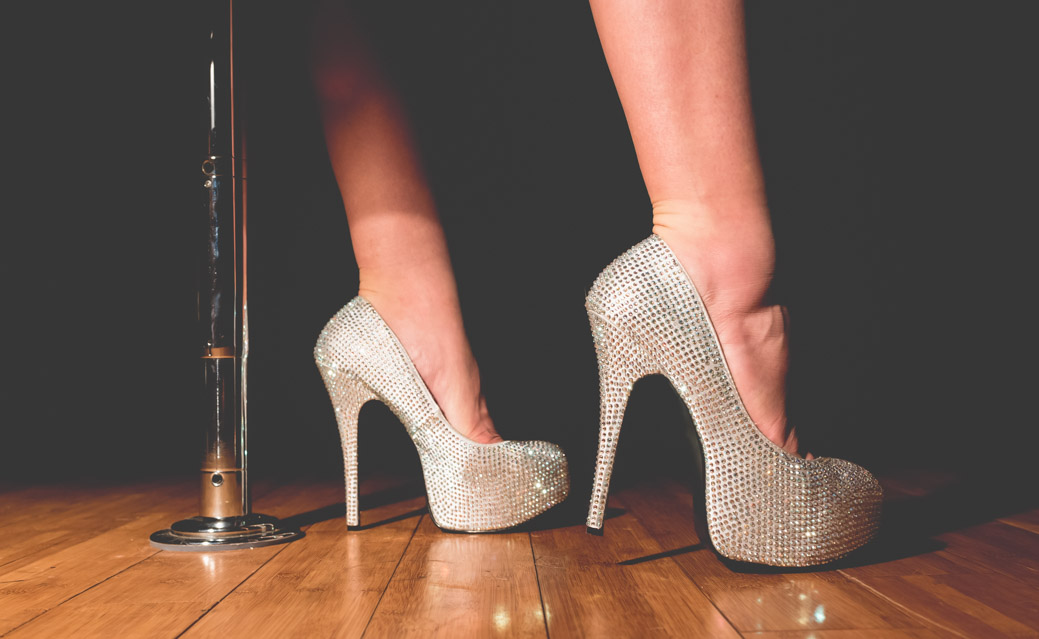Weekly exercise series: Pole dancing
The history of pole dancing is quite murky, with various suggested origins. One of the suspected precursors to modern pole dancing is the Chinese pole. This practice reportedly dates back to the 12th century and involves aluminium poles (sometimes coated with rubber) with a height of three to nine metres and a diameter of three to four inches.
Arguably, the most well-known feat in Chinese pole dancing is “the flag,” whereby the artist grips the pole with their hands at a 90-degree angle. Chinese pole performances primarily took place in circuses.
Another possible predecessor is an 800-year-old Indian practice referred to as Mallakhamb, which translates to “wrestling pole.” Initially, the practice emerged as a way for wrestlers to improve their full-body endurance, stamina, and coordination. Later, it grew into its own sport. The wooden pole used in competitions is around 2.6 to 2.8 metres in height and has a circumference of 53 to 55 centimetres.
These ancient practices evolved into the more eroticized pole dancing most people are familiar with in the 1920s. In the U.S. “Hoochie Coochie” dancers in circuses would dance suggestively around the pole holding the circus tent upright. This highlights a possible origin for the term “exotic dancer,” since the dancers were initially of Middle Eastern descent. Due to concerns about propriety during the Prohibition era, this suggestive mode of pole dancing gradually relocated from circuses to speakeasies. Pole dancers began to draw heavily from more titillating forms of entertainment such as burlesque and striptease.
In 1994, Canadian-born Fawnia Mondey began teaching pole dancing to non-performers as a way to improve fitness. The pole fitness industry continues to expand as the inherently sexual view of pole dancing becomes less widespread. However, pole dancing has yet to receive full recognition as a sport. The Global Association of International Sports Federation (GAISF) has granted observer status to the International Pole Sports Federation (IPSF), an important step in the IPSF’s journey towards recognition for pole sports, and eventual inclusion in the Olympics.
Some people with chronic pain have found pole dancing helpful, since it requires the use of all muscles. The Arthritis Foundation recommends various forms of dance fitness—including pole dancing, Zumba, belly dancing and Bollywood dances—to improve mobility and relieve pain for patients struggling with rheumatoid arthritis. One of the reasons pole dancing relieves chronic pain is that it, albeit temporarily, distracts dancers from their pain while dancers are mindful of their movements.
Pole fitness has a range of health benefits, both physical and mental. It helps improve core strength and flexibility. Pole dancing is also good for the spine, since it involves a range of movement. It also improves a dancer’s balance and kinesthetic awareness. For some, pole fitness is an easier kind of exercise to commit to because they find it fun and challenging. Some people have found that pole dancing revolutionized their relationship with their bodies, as they expressed themselves through dance and stopped worrying about their body image.
Because modern poles are slippery, pole fitness is usually carried out in little or revealing clothing so that dancers can grip the pole with their skin. As a result, people who practice pole fitness sometimes get bruises and skin burns. But pole dancing can be worth the pain and effort, and this fun activity might have a lasting impact on the way we exercise.

